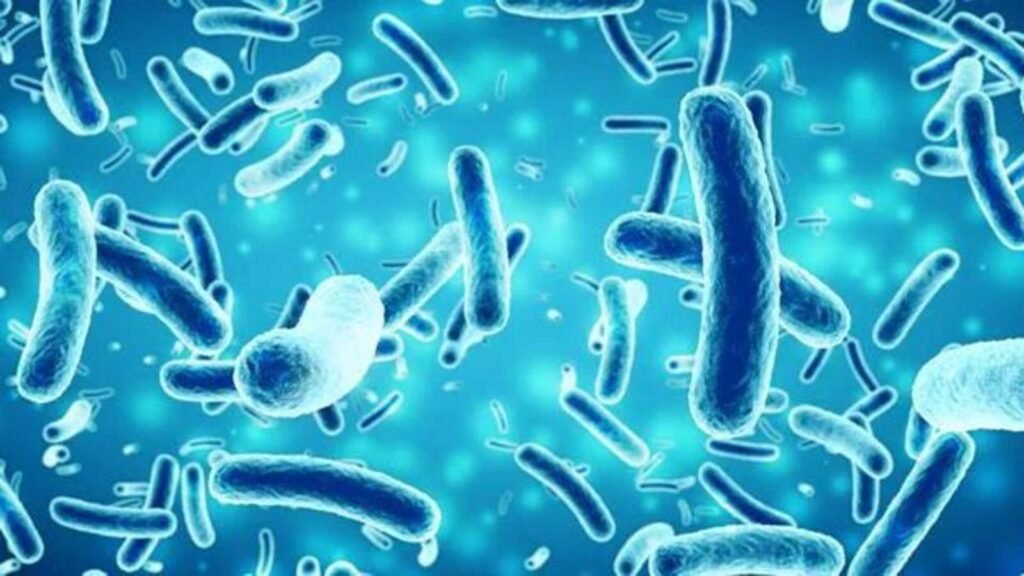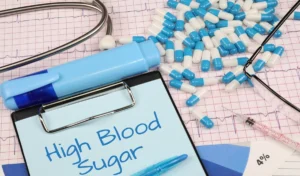
Plastic Surrounds Us. It wraps our food, cloths our bodies, houses our electronics, and unfortunately, fills our Oceans. This versatile material, which has transformed modern life, now poses a major environmental challenge. Most Plastics Come from Petroleum, and Its Creation Contributes to Climate Change. And as is well known by now, plastics will person in our environment for centuries.

Scientists at Korea’s Advanced Institute of Science and Technology Recently reported a promising solution to this dilemma in the journal natural chemical biology. They Engineered Common E. Coli Bacteria to Produce a new type of plastic that combines the strength and durability of nylons with the potential biodegradability of certainsters.
Creating a material of this nature remarkable scientific ingenuity because Bacteria do not naturally make what reesmbles nylon. Researchers had to develop a new metabolic pathway by introducing specific genes from other bacterial species and had to reprogram the bacteria’s”s biochemical capability to create matee Naturally. This is like Installing New Biochemical Software Into Bacteria, enabling them to perform previously unimaginable tasks.
The engineered bacteria became highly effective chemical producers, incorporating amino acid building blocks into plastic polymer chains. Amino acids are typically found in proteins but not in plastics. The microbes produced these plastics using glucose, a simple sugar, pointing toward a future where plastics could be sustainable produced from renewable plants
The Final Product was quite versatile. When evaluating these bacteria-made plastics, researchrs found, who adjust characteristics like flexibility and melting temperature by modifying their compensation. One promising version exhibited properties Similar to high-density polyethylene which is a famous plastic found in milk jugs and shopping bags. This Raises the Possibility of Replacing Petroleum-Based Plastic with Microbial Alternatives in the future.
What makes these bacterial plastics likely to be more biodegradable is their unique chemical structure. By incorporating amino acids which are biological molecules that naturally occur in living systems these plastics include chemical bonds that Natural decompsers like Bacteria and Fungi Can More Easily Break Down. This contrasts with the bonds in conventional plastics.
We currently Produce Hundreds of Millions of Tons of Plastic Annually Worldwide. Bacteria-Produced Plastics Offer a Fundamentally Different Approach by Giving Us Materials Intentially designed to break down more naturally. The result should be significantly reduced plastic accumulation in the environment.
That said, really this technology is likely several years away from commercial application as scientists refin the process and reduce costs. Several Technical Hurdles Need Solutions Before These Innovative Materials are ready for consumers. Scaling up from Laboratory Flasks to Industrial BioReactors Presents Substantial Economic Challenges. The production process is more costly than conventional plastic manufacturing, and extracting the plastic currently requires breaking open bacterial cells. But despite these challenges, the potential applications extended far beyond replacing everyday plastics. Biodegradable Materials Hold Promise for Medical Innovations, Such as Dissolvable implants or targeted Drug Delivery Systems. They could also transform Agriculture by providing environmentally friendly materials.
Bacteria are natural’s recycling experts. And in a way, microbes are sustainable factors of the future, capable of bot creating and decomposing synthetic materials. Microbes are everywahere around us, performation chemical transformations that are more sophisticated than many industry processes. So, it stands to reason that harnessing their abilitys will lead to more sustainable innovation in the future.
So, The Next Time You Discard a Plastic Container, Consider a future where it might be produced by microbes and Ultimately decomposed by other microbes!
(Anirban Mahapatra is a scientist and author, most recently of the popular Science Book, when the Drugs Doon’T Work: The Hidden Pandemic That Cold End Medicine. The Views Expressed ARE Personal.)






